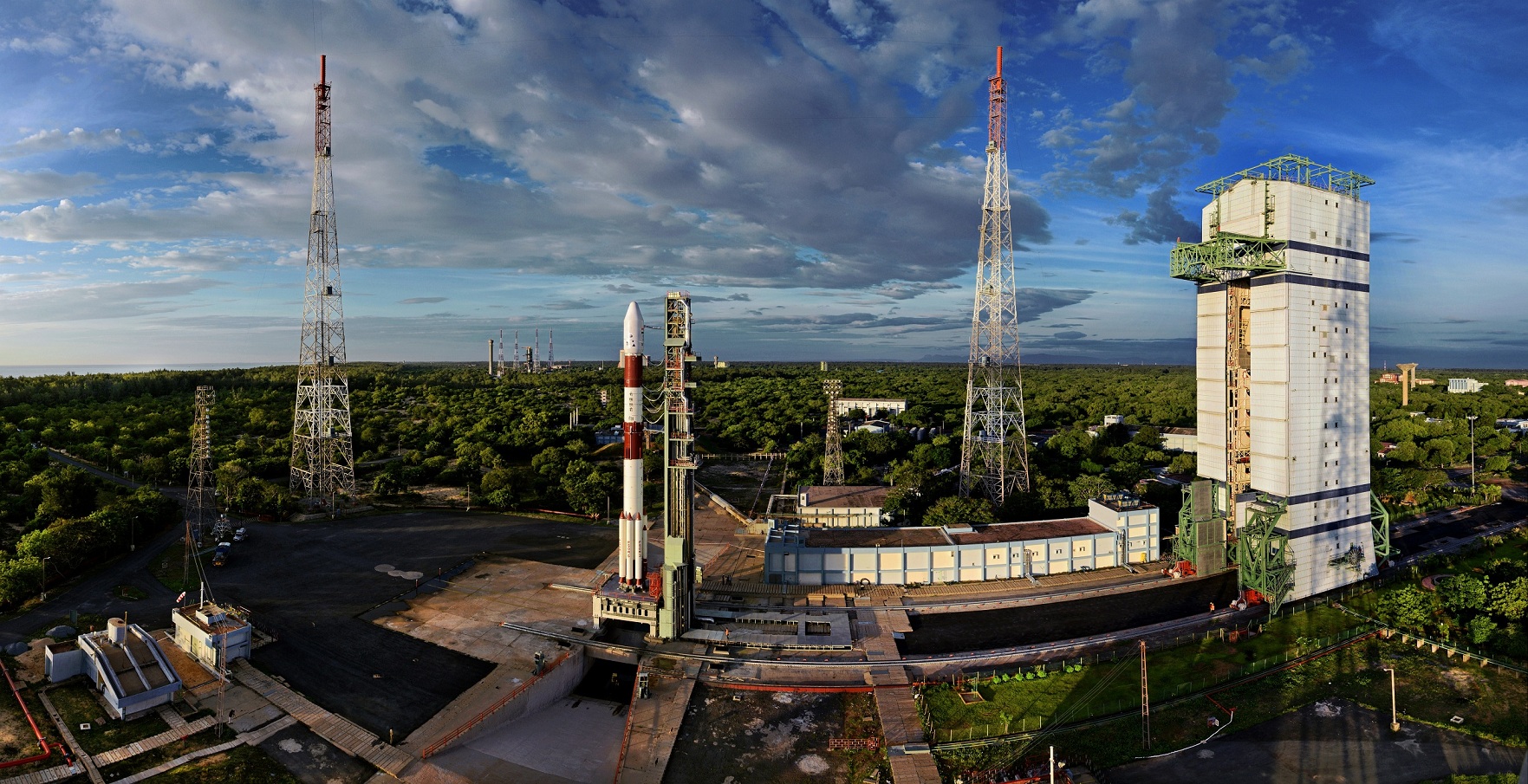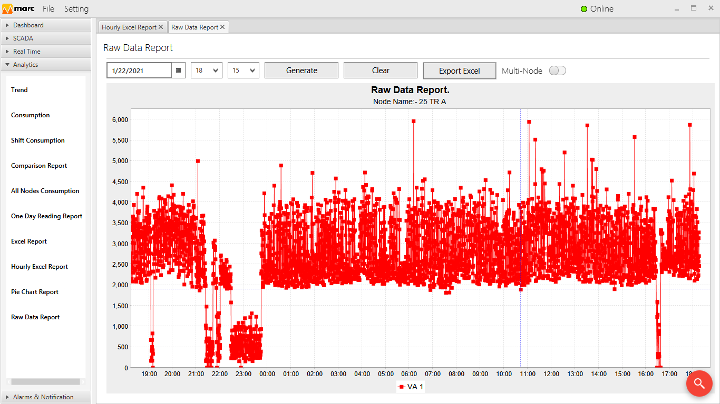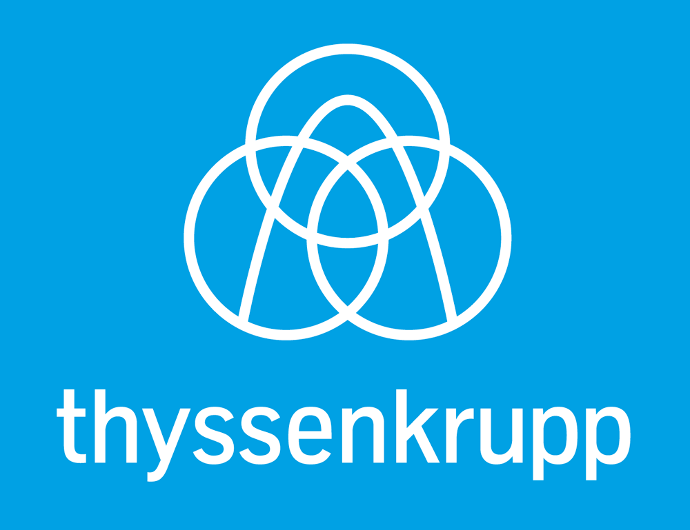Project Overview
Client: Indian Space Research Organisation (ISRO), Satish Dhawan Space Center
Location: Sriharikota, Andra Pradesh
Application: Energy datamonitoring of 3 outlying substations
Product: EMS software (MARC)
Area: 145 sq. km with a coastal length of 27 km
Client
Indian Space Research Organisation (ISRO) was established in 1969. Dr. Vikram Sarabhai, having identified the role and importance of space technology in a nation's development, provided ISRO the necessary strategic direction to function as an
agent of development. ISRO then embarked on its mission to provide the nation space-based services and to develop technologies to achieve the same independently. ISRO has become one of the six largest space agencies in the world. ISRO develops and delivers application specific satellite products to the nation:
broadcasts, communications, weather forecasts, disaster management tools, geographic information systems, cartography, navigation, telemedicine, dedicated distance education satellites being some of them.
Premise
Satish Dhawan Space Centre (SDSC) or Sriharikota High Altitude Range (SHAR) is a rocket launch centre operated by ISRO. SHAR is located on a spindle-shaped island on the east coast of Andhra Pradesh. SHAR covers a total area of about 145 sq. km with a coastal length of 27 km. SHAR primarily consists of 5 substations but EMS services were provisioned for 3 substations solely i.e. Main receiving station (MRS), First Launch Pad (FLP), and Second Launch Pad (SLP). The remote viewing of all the substations is done by Mission Control Centre (MCC). The Mission Control Centre (MCC), situated about 6 Km away from the launch complex, it monitors and conducts the launch operations during the pre-countdown and countdown phases until the injection of the satellite into orbit.
Keeping distance between the launch pad and MCC is indispensable, but creates complications for manually syncing data and it's acquisition. Moreover, the energy surveying methods were obsolete and highly time-consuming. The precision of legacy system was low and the manual monitoring required devoted manpower to record the energy data reading from individual energy meters.
The reporting system of SHAR was highly customized and analysis of data was confined to mandatory parameters, in addition to this susceptibility to errors was high since it was person dependent. The existing documentation schemes were well-organised but an enhancement was due and needed. The analogy amidst the reports of the launch could not be established as the system was not real time, whereas, any
comparisons had to be done after the launch. This was a major setback since any misapprehension could only be known after the launch.
The most critical concern was fine tuning, which was not feasible due to the offline data acquisition. This was the prime objective of SHAR to station EMS on the 2 launch pads and MCC.

The ESL approach
The implementation of MARC demonstrated many advantages to the operations. All energy-related data was automated and free of human intervention. Manual data collection was eliminated which resulted in saving time, effort & bringing higher accuracy; the earlier which was obligatory to generate reports.
The reporting system foremost was made more sophisticated as digital reports were generated, making it easier to process, analyse, and act.
The report format of SHAR was highly customized, and SHAR expected the EMS software to give reports in their formats. This expectation was fulfilled by MARC as all the reports which were generated by the software were built in the legacy formats.
The comparison amongst the reports was achievable since the received data was easily accessible. This was possible due to the digital copy documentation.
The prime purpose of SHAR for which ESL was originally consulted was real-time fine tuning. Any analogies which were to be established had to be made only subsequent to the launch, so dilemma which emerged could not be resolved immediately.
Consequently, the amendments were implemented in the next launch. Hence by real-time data acquisition, simultaneous performance tuning became possible.
By implementing MARC, the overall system has been optimized for viewing real time energy data on the launch mission control monitors.
Results
The estimated goals were achieved by ESL's comprehensive approach and the in-depth understanding of issues related to energy monitoring. The benefits achieved were as follows-
- Automatic data recording, monitoring and analysis
- High accuracy of data as human errors were eliminated
- Time stamped data to trace and analyse events
- Reduction in required manpower
- Online data assessment by soft copy documentation.
- Reports in expected and customized format.
- Comparisons became achievable by real-time fine tuning.






